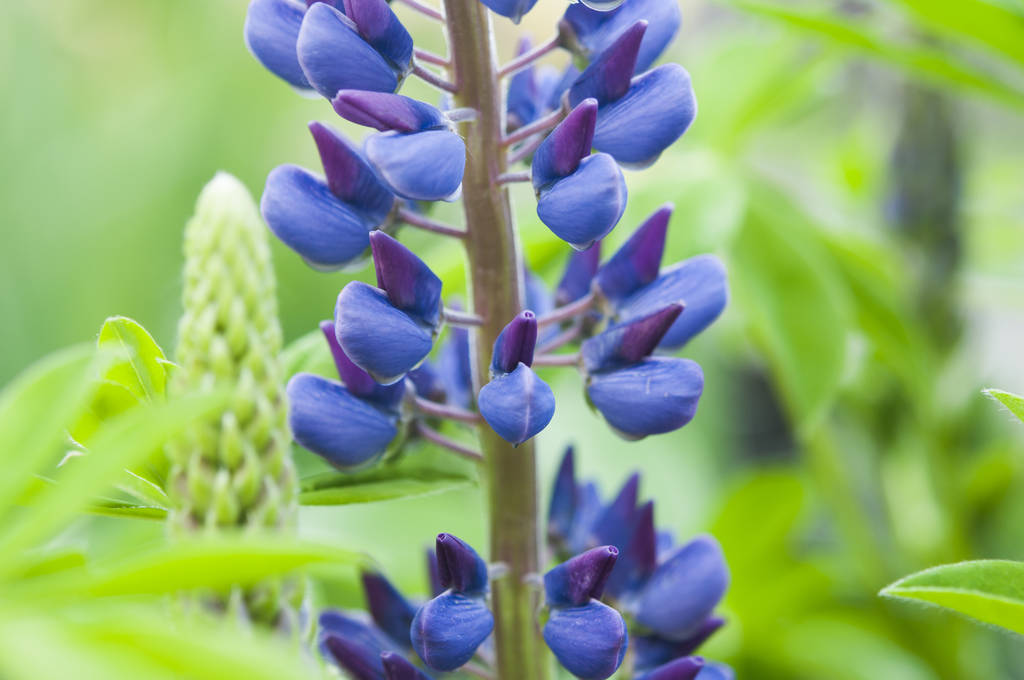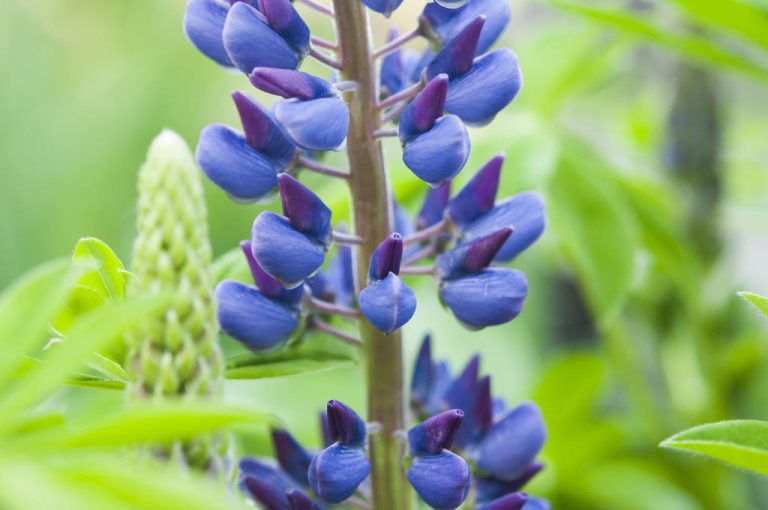Lupine seeds are a valuable and at the same time regional source of protein. You can plant the plants yourself and harvest the lupine seeds annually – we will explain to you which nutrients they contain.
The lupine is a native plant and has recently become popular as a high-protein alternative to soy. You can easily cultivate the protein-rich legumes in your garden, because they thrive in this country. They do not make any great demands on their location: they only need a little sun and not too much lime in the soil. Then nothing stands in the way of a bountiful harvest.

Harvesting lupine seeds: timing and procedure
Lupine seeds contain up to 40 percent protein, which is about the same as soybeans. But that’s not the only thing they have to offer: They also contain a lot of amino acids, vitamins, calcium, magnesium, iron and phosphorus.
You can also harvest the seeds yourself, but you have to be a little careful. Because you should only eat the seeds of certain breeds – the sweet lupine. Other varieties have a very high content of special bitter substances that are toxic to humans and animals. Under no circumstances should you harvest and eat unknown, wildly growing lupins in the forest or on meadows.
If you want to harvest lupine seeds yourself, you must not cut off the inflorescences of the plants after flowering. The pods, which contain the valuable seeds, are formed from these. As soon as these are dried and dark, you can start harvesting. This is usually the case in late summer. You do this as follows:
When the pods are ripe, you can simply cut them off and collect them.
You get the seeds out of them by simply squeezing them out.
Then you should clean them with water and dry them.
Sow lupine seeds yourself
You can sow the dried lupine seeds yourself. If you store them properly, i.e. in an airtight and dark place, they will remain viable for up to three years. How to sow them:
The best time to sow seeds is between March and May if you want to sow the seeds directly into the bed. Alternatively, you can grow them indoors in a pot. In this case, January is recommended.
Before sowing, you should roughen the seeds slightly with sandpaper and then let them soak in water for a day.
Then you press the seeds about two to three centimeters deep into the soil. You should leave about 15 centimeters of space between the rows.
Utilize lupine seeds
You can use lupine seeds in many ways in the kitchen. For example, you can process them into lupine flour or grist, use them as a basis for vegetarian or vegan burger patties and vegetable patties, or snack on them whole. You can also bake them, make them into spreads or use them in salads.

